-
 Bitcoin
Bitcoin $118,209.3536
1.16% -
 Ethereum
Ethereum $3,151.7546
5.98% -
 XRP
XRP $2.9277
2.35% -
 Tether USDt
Tether USDt $1.0000
0.00% -
 BNB
BNB $689.7099
1.26% -
 Solana
Solana $163.4270
1.91% -
 USDC
USDC $1.0000
0.02% -
 Dogecoin
Dogecoin $0.1983
3.74% -
 TRON
TRON $0.3008
0.51% -
 Cardano
Cardano $0.7435
2.86% -
 Hyperliquid
Hyperliquid $47.6547
-0.48% -
 Stellar
Stellar $0.4625
2.79% -
 Sui
Sui $3.9921
2.71% -
 Chainlink
Chainlink $16.0608
4.23% -
 Hedera
Hedera $0.2348
1.56% -
 Bitcoin Cash
Bitcoin Cash $496.6985
1.25% -
 Avalanche
Avalanche $21.9038
5.41% -
 UNUS SED LEO
UNUS SED LEO $8.8356
-1.88% -
 Shiba Inu
Shiba Inu $0.0...01364
5.31% -
 Toncoin
Toncoin $3.1102
4.35% -
 Litecoin
Litecoin $95.9756
3.59% -
 Polkadot
Polkadot $4.0925
5.78% -
 Monero
Monero $333.7622
-1.44% -
 Uniswap
Uniswap $9.1968
2.25% -
 Bitget Token
Bitget Token $4.6378
6.23% -
 Pepe
Pepe $0.0...01282
6.77% -
 Dai
Dai $1.0002
0.03% -
 Ethena USDe
Ethena USDe $1.0005
0.00% -
 Aave
Aave $329.9143
4.49% -
 Bittensor
Bittensor $441.4995
6.89%
What are the characteristics of IPFS mining algorithm?
IPFS doesn't have a mining algorithm like Bitcoin; Filecoin, built on IPFS, uses Proof-of-Replication (PoRep) and Proof-of-Spacetime (PoSt) to reward storage providers based on factors like storage capacity, data retrieval speed, and network participation.
Mar 23, 2025 at 01:07 pm

What are the characteristics of IPFS mining algorithm?
The term "IPFS mining algorithm" is somewhat misleading. Unlike Bitcoin or Ethereum, IPFS (InterPlanetary File System) doesn't employ a traditional Proof-of-Work or Proof-of-Stake consensus mechanism with a dedicated mining algorithm in the same sense. Instead, participation in the IPFS network and earning rewards (typically FIL, the native token of Filecoin, the incentivized storage network built on top of IPFS) is achieved through a more complex system involving storage, retrieval, and network contribution.
The Filecoin network, which leverages IPFS for data storage and retrieval, uses a unique consensus mechanism called Proof-of-Replication (PoRep) and Proof-of-Spacetime (PoSt). These are crucial for understanding how rewards are earned, and they form the core of what might be considered the "algorithm" for participation.
PoRep, in essence, verifies that a storage provider genuinely possesses a copy of the data they claim to store. It involves a computationally intensive process to prove the data is not just claimed but actively held. This is a critical step to prevent fraudulent actors from claiming storage capacity they don't possess.
PoSt, on the other hand, is a continuous verification process. It periodically checks if the stored data is still available and accessible. This ensures data integrity and reliability over time, discouraging providers from deleting data prematurely to free up storage.
Participating in the Filecoin network and earning FIL involves several key steps:
- Acquire Storage: You need significant storage capacity (hard drives or SSDs) to participate effectively. The more storage, the greater the potential rewards.
- Become a Storage Provider: Register as a storage provider on the Filecoin network. This involves setting up the necessary infrastructure and software to interact with the network.
- Seal Data: This is where PoRep comes into play. You “seal” data onto your storage, creating cryptographic proofs to demonstrate you hold it.
- Participate in PoSt Challenges: Regularly respond to PoSt challenges from the network to prove you still possess the sealed data. Failure to respond or provide valid proofs results in penalties.
- Retrieve Data: Providing efficient and timely data retrieval also contributes to earning rewards. Faster retrieval speeds can lead to higher rewards.
- Maintain Network Health: Contributing to the overall health and stability of the network, such as participating in network maintenance tasks, can also yield rewards.
The complexity lies not in a single algorithm like in traditional mining, but in the interplay of these different processes. The rewards are distributed based on a combination of factors including storage capacity, data retrieval speed, network participation, and the successful completion of PoRep and PoSt challenges.
The economic model behind Filecoin and its relationship with IPFS is sophisticated. It uses a market-based approach, where storage providers compete for deals with clients who need to store data. The price of storage is determined by supply and demand, influencing the profitability of participation. The more storage you provide and the more reliable your service, the more likely you are to secure deals and earn FIL.
The success of participating in the Filecoin network isn't solely dependent on computational power like traditional mining. Instead, it emphasizes factors like reliable storage infrastructure, consistent network participation, and efficient data retrieval. The reward system incentivizes responsible storage provision and network maintenance.
The system constantly adapts and evolves, with improvements to PoRep and PoSt aimed at enhancing security and efficiency. The ongoing development and refinement of these mechanisms are crucial to the long-term health and success of the Filecoin network and its reliance on the underlying IPFS architecture. Future developments may lead to further refinements in how rewards are allocated and earned.
Furthermore, it's important to note that participation in Filecoin requires technical expertise and a substantial initial investment in storage hardware and infrastructure. The profitability of providing storage is subject to market fluctuations, the price of FIL, and the overall demand for storage on the network.
Frequently Asked Questions:
Q: Is IPFS mining like Bitcoin mining?
A: No. IPFS itself doesn't have a mining algorithm like Bitcoin's Proof-of-Work. Filecoin, a project built on IPFS, uses a different system (PoRep and PoSt) for rewarding storage providers.
Q: How much storage do I need to start earning FIL?
A: There's no minimum, but profitability is directly related to storage capacity. Larger storage capacity generally leads to higher earning potential, although other factors also influence rewards.
Q: What are the risks associated with Filecoin storage providing?
A: Risks include hardware failures, network downtime, price volatility of FIL, and competition from other storage providers. Careful planning and risk management are essential.
Q: Is it profitable to participate in Filecoin storage?
A: Profitability depends on many factors including the cost of hardware, electricity, network fees, the price of FIL, and the demand for storage. It's not guaranteed to be profitable.
Q: What technical skills are required to participate?
A: A good understanding of networking, Linux, and command-line interfaces is beneficial. Familiarity with blockchain technology and cryptocurrency is also recommended.
Q: What hardware is needed for Filecoin storage providing?
A: You'll need significant storage capacity (hard drives or SSDs), a reliable server, and sufficient bandwidth. The exact requirements depend on the scale of your operation.
Q: How often are PoSt challenges issued?
A: The frequency of PoSt challenges varies and is part of the Filecoin network's dynamic design. It is not a fixed schedule.
Q: What happens if I fail a PoSt challenge?
A: Failing PoSt challenges results in penalties, potentially leading to a reduction in rewards or even expulsion from the network. Maintaining data integrity is crucial.
Q: Can I use cloud storage for Filecoin storage providing?
A: While some cloud storage services might be compatible, using your own hardware generally provides more control and potentially better profitability. The network requires direct access and control over your storage.
Disclaimer:info@kdj.com
The information provided is not trading advice. kdj.com does not assume any responsibility for any investments made based on the information provided in this article. Cryptocurrencies are highly volatile and it is highly recommended that you invest with caution after thorough research!
If you believe that the content used on this website infringes your copyright, please contact us immediately (info@kdj.com) and we will delete it promptly.
- Animal Memecoins Roar Back: HEGE, BONK, and the Solana Pack Lead the Charge
- 2025-07-16 20:50:13
- Pumpfun's PUMP Token: SOL Transfers, Buybacks, and the Wild West of Meme Coins
- 2025-07-16 20:30:13
- Trump, HTX, and USDT: Riding the Crypto Wave in 2025
- 2025-07-16 20:50:13
- SPX6900, Meme Coins, and the Quest for 1000x Gains: A New Yorker's Take
- 2025-07-16 20:30:13
- Eclipse Airdrop and Token Supply: Navigating the Crypto Landscape
- 2025-07-16 18:50:13
- Solana Price, Zebec Network, and Remittix: Decoding the Crypto Signals
- 2025-07-16 18:30:13
Related knowledge
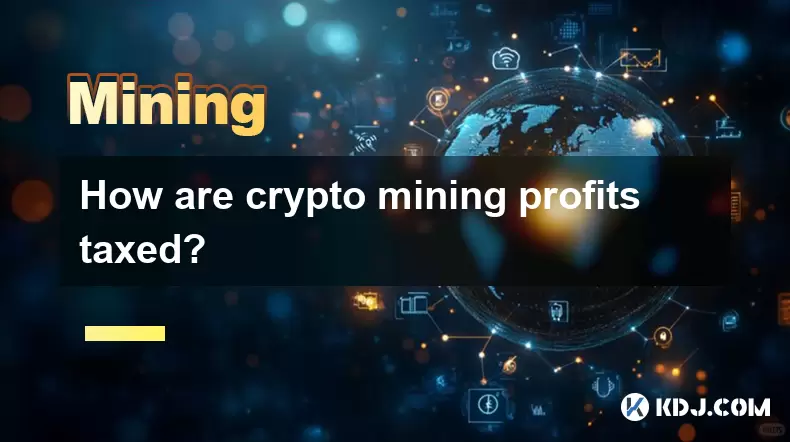
How are crypto mining profits taxed?
Jul 14,2025 at 12:28am
Understanding Cryptocurrency Mining and TaxationCryptocurrency mining involves validating transactions on a blockchain network and earning rewards in ...
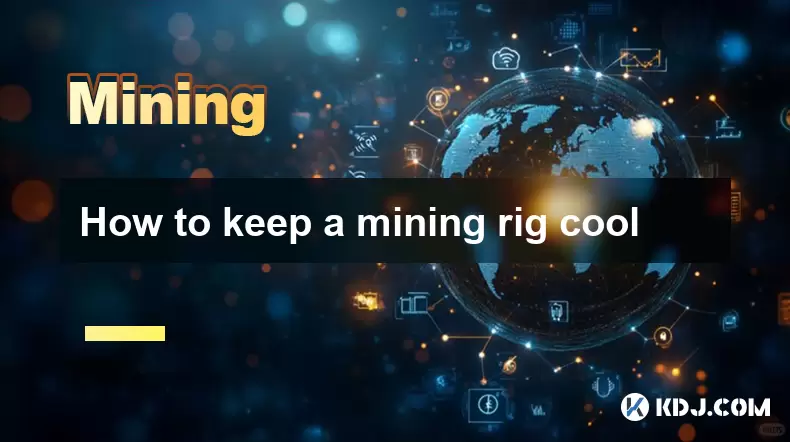
How to keep a mining rig cool
Jul 12,2025 at 01:42pm
Understanding the Importance of Cooling in Mining RigsCryptocurrency mining is an intensive process that places heavy demand on hardware components, p...
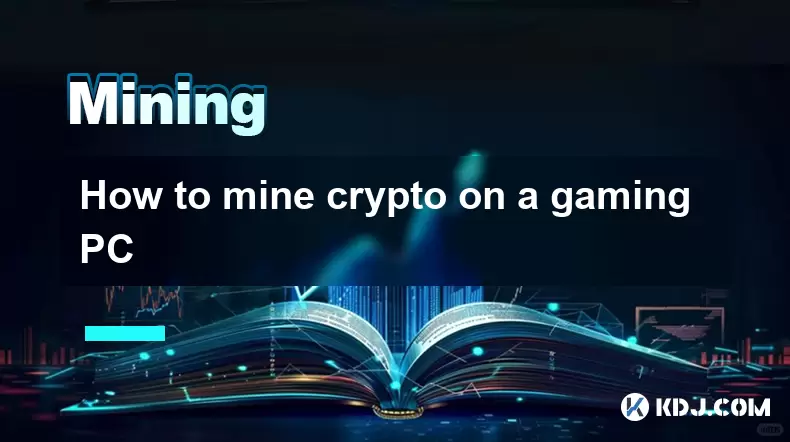
How to mine crypto on a gaming PC
Jul 16,2025 at 12:00pm
What is Crypto Mining on a Gaming PC?Crypto mining involves using your computer's processing power to validate transactions on a blockchain network. A...
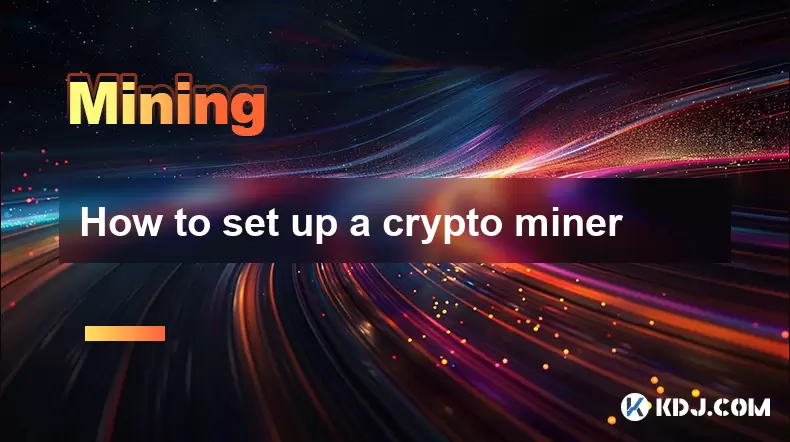
How to set up a crypto miner
Jul 16,2025 at 09:14am
Understanding Ethereum Gas Fees: What Are They and How Do They Work?Ethereum gas fees are a fundamental aspect of the network, representing the cost r...
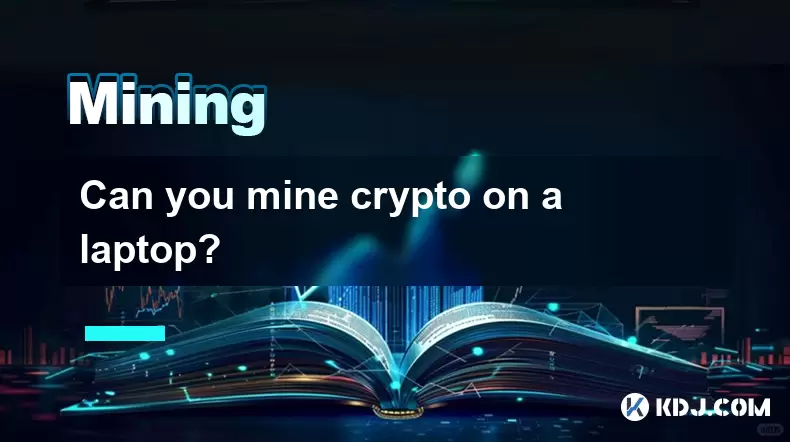
Can you mine crypto on a laptop?
Jul 16,2025 at 02:21am
Is It Feasible to Mine Cryptocurrency on a Laptop?Mining cryptocurrency on a laptop is technically possible, but feasibility depends heavily on the ha...
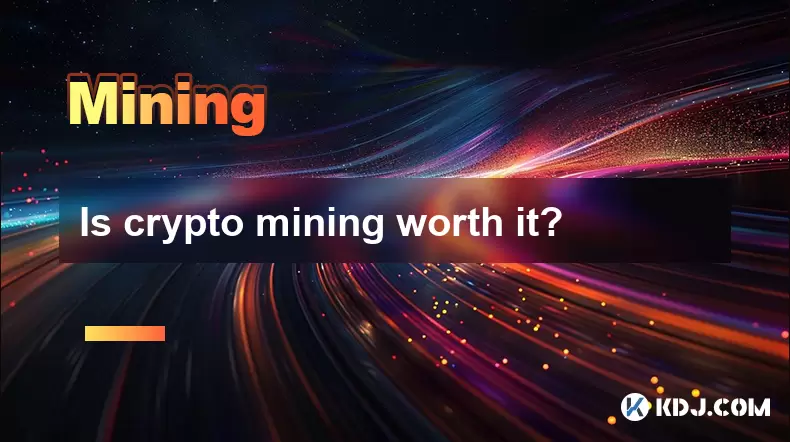
Is crypto mining worth it?
Jul 16,2025 at 01:21am
Understanding the Basics of Crypto MiningCrypto mining refers to the process of validating transactions on a blockchain network by solving complex mat...

How are crypto mining profits taxed?
Jul 14,2025 at 12:28am
Understanding Cryptocurrency Mining and TaxationCryptocurrency mining involves validating transactions on a blockchain network and earning rewards in ...

How to keep a mining rig cool
Jul 12,2025 at 01:42pm
Understanding the Importance of Cooling in Mining RigsCryptocurrency mining is an intensive process that places heavy demand on hardware components, p...

How to mine crypto on a gaming PC
Jul 16,2025 at 12:00pm
What is Crypto Mining on a Gaming PC?Crypto mining involves using your computer's processing power to validate transactions on a blockchain network. A...

How to set up a crypto miner
Jul 16,2025 at 09:14am
Understanding Ethereum Gas Fees: What Are They and How Do They Work?Ethereum gas fees are a fundamental aspect of the network, representing the cost r...

Can you mine crypto on a laptop?
Jul 16,2025 at 02:21am
Is It Feasible to Mine Cryptocurrency on a Laptop?Mining cryptocurrency on a laptop is technically possible, but feasibility depends heavily on the ha...

Is crypto mining worth it?
Jul 16,2025 at 01:21am
Understanding the Basics of Crypto MiningCrypto mining refers to the process of validating transactions on a blockchain network by solving complex mat...
See all articles

























































































